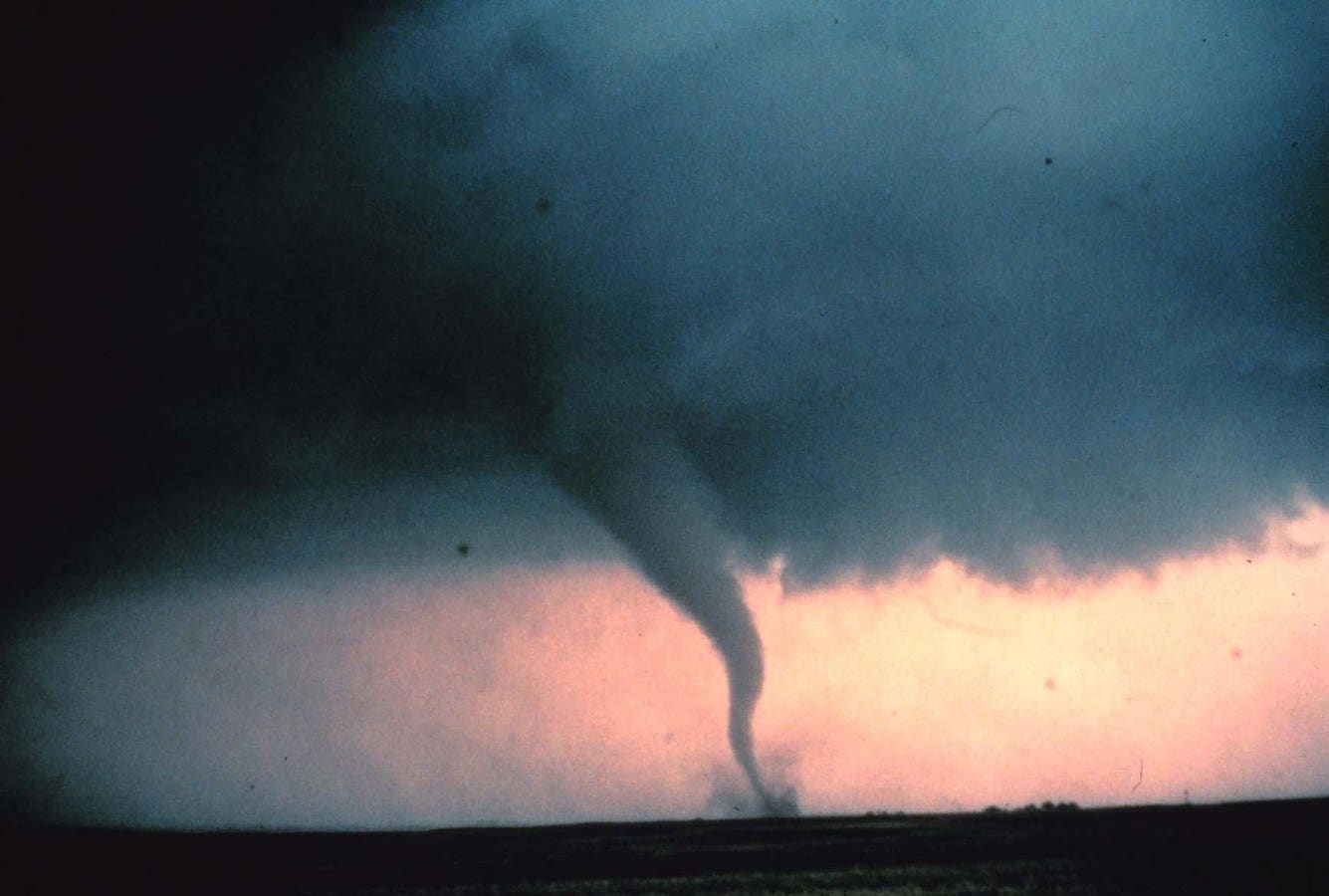Kathleen Jamieson is a scholar at the University of Pennsylvania. She is the Elizabeth Ware Packard Professor of Communication and Director of the Annenberg Public Policy Center. I had the pleasure of collaborating with her Commission on Accelerating Climate Action, a recent initiative of the American Academy of Arts and Science. While reviewing text for one of her forthcoming projects on climate change communication, I suggested that she use the word “extreme weather” rather than “severe weather” in the discussion. Here’s why?
By now, it is pretty clear that climate change is impacting contemporary weather, particularly extreme events. A 2016 National Academies report, which I co-authored, reviewed what we know about attribution of extreme weather events to climate change. Emerging science continues to reveal the likely “DNA” of climate change in heatwaves, intense rainfall, drought, and aspects of tropical cyclones. Last week, Professor Jamieson and I were in Washington, DC for the public release of the American Academy’s climate report. She asked where can I find the rationale for why I suggested “extreme weather” rather than “severe weather.”
My rationale was based on my grounding as a physical meteorologist and the former president of the American Meteorological Society. I understand that many people likely associate “severe weather” with an array of things including flooding, hurricanes, extreme temperatures, snowstorms and so forth. However in my meteorological world, “severe” has a very specific meaning. The National Weather Service defines a severe thunderstorm as, “A thunderstorm that produces a tornado, winds of at least 58 mph (50 knots or ~93 km/h), and/or hail at least 1″ in diameter.”
If you visit their website of “severe weather definitions,” you will find a host of information on the definition of tornadoes, tornado warnings, and severe thunderstorms. The website also explains NWS severe weather statements, which are defined as, “A National Weather Service product which provides follow up information on severe weather conditions (severe thunderstorm or tornadoes) which have occurred or are currently occurring.” You may even come across NWS Storm Prediction Center convective outlooks, which may be referred to as severe weather outlooks.
Given the intent of Professor Jamieson’s document, I felt that extreme weather or extreme event was more appropriate for capturing the wide range of outcomes associated with climate change. The climate.gov website defines an extreme event as, “A time and place in which weather, climate, or environmental conditions—such as temperature, precipitation, drought, or flooding—rank above a threshold value near the upper or lower ends of the range of historical measurements.” The United Nations Environment Programme website defines extreme weather as, “Unexpected, unusual, unpredictable severe or unseasonal weather…” In both cases, severe weather is a subset of the broader “extreme” category and ultimately why I made the distinction to my colleague.
Read the full article here





